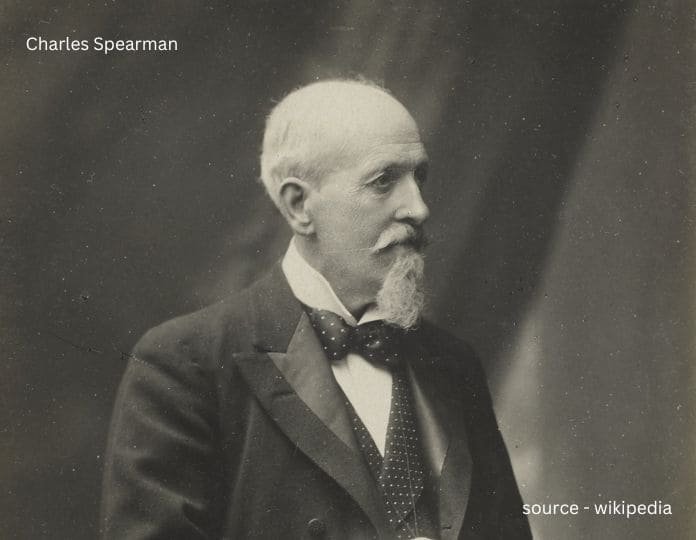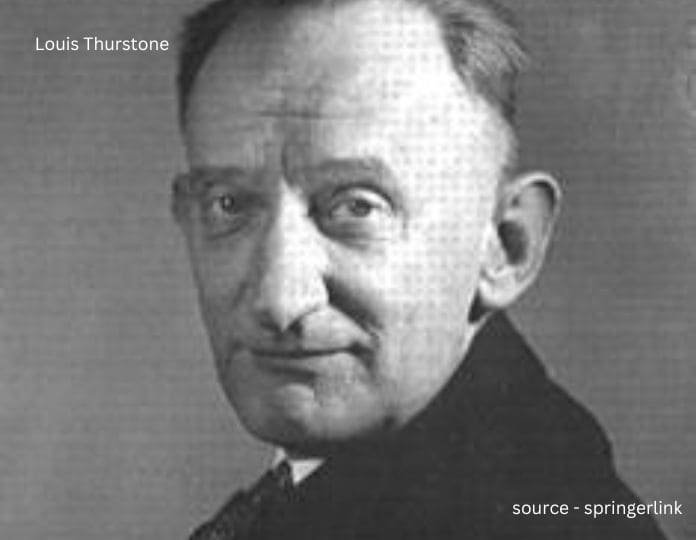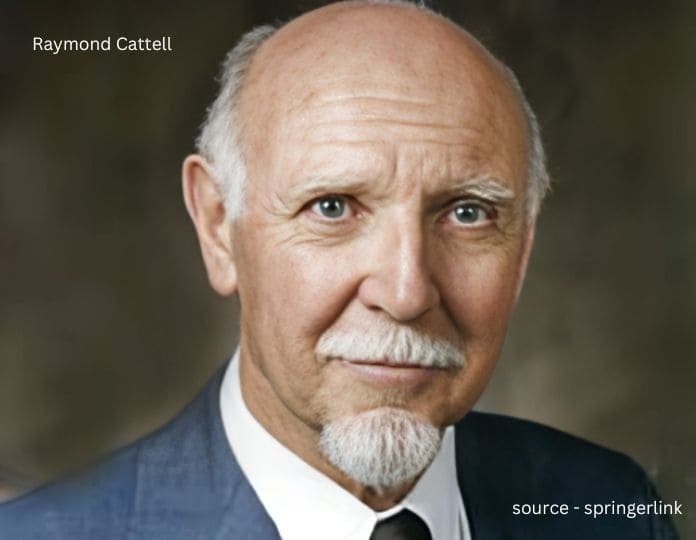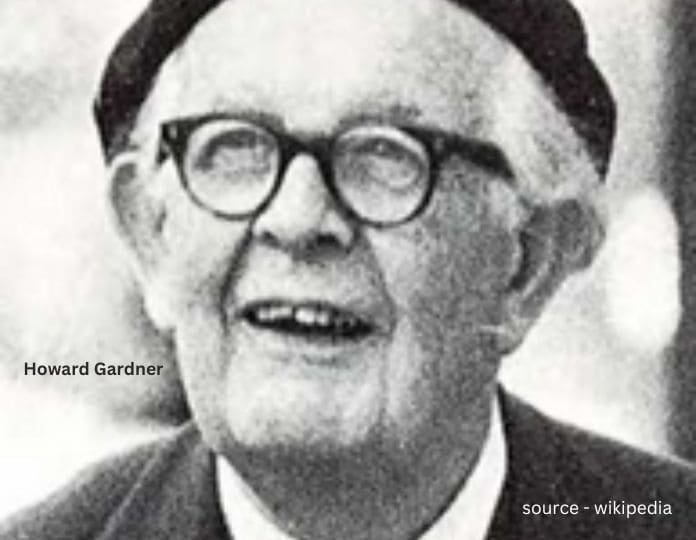Intelligence is a complex and multifaceted concept that has intrigued thinkers, scientists, and philosophers for centuries. It is subjective in nature as different people have their own interpretation of what they consider smart, brainy, or intelligent. Various debates and discussions over it have led to different perspectives or aspects related to intelligence surface.
What is Intelligence?

Intelligence can be defined as the ability to learn from experience, solve problems, and use knowledge to adapt to new experiences. Intelligence tests are a method for assessing an individual’s mental aptitudes and comparing those with others using numerical scores. An attempt to define intelligence was made about a hundred years ago through what is known as an Intelligence Quotient (IQ).
The IQ score of an individual is computed based on a number of parameters or abilities and compared to the average population of that age. A score of 100 is considered average and in line with the population, anything around 140 is classified as gifted and those with scores below 85 are said to be impaired. It is easier to measure IQ in children as compared to adults as stark distinctions can be seen with respect to the capabilities between a 5-year-old and 8-year-old as compared to 30- and 35-year-old adults. Although some researchers are of the view that IQ scores in adulthood are a carryover of IQ scores of childhood, others believe that these scores depend on what ability, for example, cognitive, abstract reasoning, spatial relations, and verbal skills are being tested.
Theories of Intelligence
Researchers differ with respect to their idea of intelligence as one section believes there is only one type of intelligence whereas another section says there are several types of intelligence. However, 3 broad categories of studying intelligence are generally accepted. They are:
- Psychometric Approach: suggests intelligence be an ability or an aggregate of multiple abilities
- Information Processing Approach: focuses on the processes used in problem-solving or other intellectual and complex tasks
- Cognitive Developmental Approach: emphasizes individual differences in performing tasks
Psychometric Approach

1. Spearman’s Two Factor Theory
Charles Spearman, an English psychologist was the first to explain how intelligence consisted of 2 factors viz. the basic or general skills, the “g” factor, and specific skills or abilities, the “s” factor.
“g” stands for general intelligence and is an inborn ability to perform day-to-day tasks and comes naturally to one. These abilities are not required to be polished or improved as they remain constant and are also genetic to some extent. They are present in individuals with varied intensities and are primarily general mental energy including tasks like walking, talking, etc. “s” stands for specific abilities and encompasses all those skills inculcated in you from your external environment.
These skills are first learned and then aced in order to maintain consistency. It is important to keep practicing them as they may wear out if not used. These abilities do not support your day-to-day tasks but rather help you in enhancing your overall personality. A person can have one or more specific abilities and can be exceptionally good at one activity while at the same time be terrible at another. These skills include dancing, singing, cooking, etc.

2. Thurstone’s Theory of Intelligence
Louis Thurstone, instead of focusing on a single factor of intelligence as given by Spearman, suggested that intelligence consists of 7 different kinds of primary mental abilities which are independent of each other. These abilities are:
- Inductive reasoning: using rules, guidelines, principles
- Memory: memorizing, recognizing, and recalling
- Numerical ability: maths problems, arithmetic calculations
- Perceptual speed: visualizing details, finding similarities, grouping items
- Spatial relations: visualizing, relating to objects in space
- Verbal comprehension: reading, verbal reasoning
- Word fluency: using words effectively
3. Guilford’s Structure of Intelligence:
JP Guilford was an American psychologist who proposed the Structure of Intellect model organizing various abilities along 3 dimensions namely content, product, and operations.
- 5 Content dimensions were: Visual, Auditory, Symbolic, Semantic, Behavioural
- 6 Operations: Cognition, Memory recording, Memory retention, Divergent production, Convergent production, Evaluation
- 6 kinds of Products: Units, Classes, Relations, Systems, Transformations, Implications
This model is called the 3-dimensional model and is represented as a cube with 5x6x6= 180 specific abilities.

4. Cattell’s Theory of Intelligence:
Raymond Cattell was a British psychologist who suggested that general intelligence (g) can be subdivided into 2 categories namely Fluid intelligence and Crystallized intelligence. Fluid intelligence is the ability to think abstractly, view different perspectives and find solutions in a creative, unconventional manner. It includes inductive and deductive reasoning skills to solve problems.
Crystallized intelligence on the other hand is said to be more or less based on the accumulation of knowledge, facts, and skills acquired throughout one’s life. It relies heavily on information stored in long-term memory. While it was believed that fluid intelligence decreases with age, crystallized intelligence increases with age. Cattell further elaborated how both subdivisions of intelligence are equally important in everyday life.
Read More: Navigating Fluid and Crystallised Intelligence

5. Gardener’s Theory of Multiple Intelligences:
Howard Gardener was an American Psychologist who explained that there exist multiple types of intelligence independent of each other and that people have varied combinations of this intelligence. Initially, he proposed 8 and later added on another 9th type of intelligence.
- Logical-mathematical: using logic, math, critical thinking, reading or organizing graphs
- Verbal linguistics: reading, rhyming, learning new languages
- Interpersonal: understanding other people’s emotions and feelings
- Body kinesthetic: handling and maneuvering own body and other objects
- Musical: understanding rhythmic and harmonic music
- Visual-spatial: visualizing and thinking through your mind’s eye
- Intrapersonal: understanding yourself, self-awareness, self-control
- Naturalistic: recognizing things in the real world or biological sciences
Information Processing Approach
6. Sternberg’s Triarchic Theory of Intelligence:
Robert Sternberg, an American psychologist theorized that there are 3 types of intelligence viz.
- Componential or Analytical intelligence: breaking down complex problems into smaller components and then solving them; category for “book smarts”; further consists of 3 components such as Meta components, Performance components, Knowledge-Acquisition components
- Experiential or Creative intelligence: coming up with new and creative ways of problem-solving through divergent thinking
- Contextual or Practical intelligence: ability to handle real-life problems successfully by applying context-relevant information or knowledge; category for “street smarts”
7. PASS Model:
JP Das along with other psychologists proposed the Planning, Attention-Arousal, Simultaneous, Successive (PASS) model of intelligence. According to this model, there are 3 components of intelligence:
- Arousal and Attention: the ability to selectively attend to certain stimuli while ignoring other distractions
- Simultaneous and Successive Processing: integrating incoming information with our previous knowledge
- Planning: After the information is attended to and processed, planning takes place to verify, regulate and engage in problem-solving behavior
Cognitive Developmental Approach

8. Piaget’s Theory of Cognitive Development:
Jean Piaget propounded the theory of cognitive development according to which every individual has to conquer 4 stages of cognitive development in life in order to reach full human intelligence. Piaget’s 4 stages proposed were:
- Sensorimotor: 0-2 years, development of 5 senses occurs through experiences and simple reflexes that transform into habits, the building of object permanence seen in a child as he begins to crawl, walk, run and this physical mobility leads to cognitive development, although in an egocentric manner
- Pre-operational: 2-7 years, toddler’s thinking is categorized for symbolic functions and intuitive thoughts, curiosity increases due to primitive reasoning, referred to as the intuitive age by Piaget, egocentrism still exists
- Concrete-operational: 7-11 years, children discover logic, can perform concrete cognitive operations, their brain learns to rearrange ideas and they begin to understand others’ feelings or situations
- Formal-operational: 12 years and above, teenagers can think more rationally about abstract concepts, develop their self-identities and can understand morality, become compassionate towards others, are able to put deductive reasoning to use, and comprehend situations in better ways.
Summing Up
In conclusion, intelligence is a complex concept explored through various theories. Some theories focus on general and specific abilities, while others highlight different types of intelligence. Despite differences, these theories all emphasize the importance of cognitive abilities and adaptability. As our understanding evolves, we continue to appreciate the multifaceted nature of intelligence shaped by genetics, environment, and experiences.













Leave feedback about this